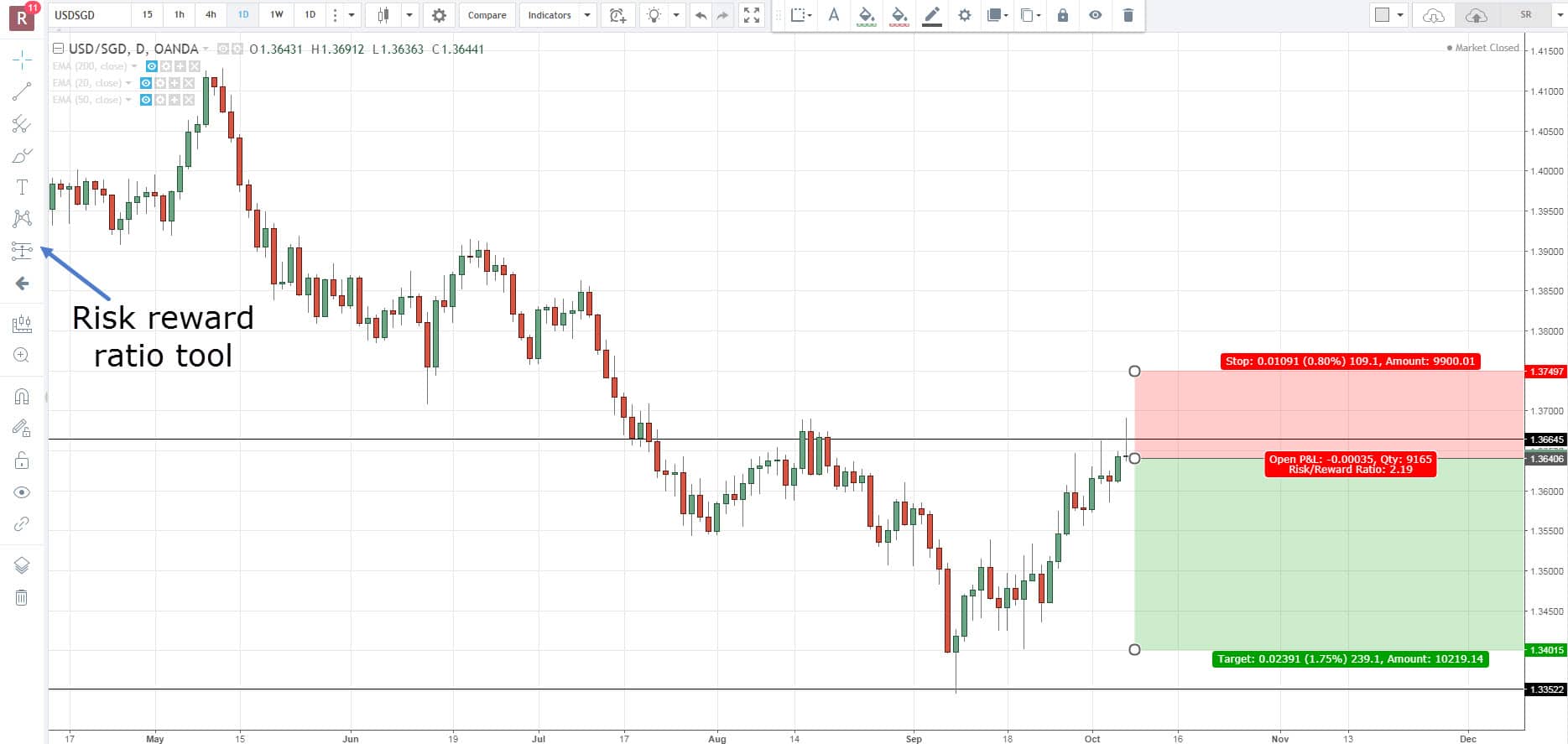In the realm of currency trading, where fortunes are made and lost amidst the ebb and flow of global markets, one pivotal concept stands tall: risk-reward ratio. Understanding and adhering to a sound risk-reward strategy is not merely an option but an absolute necessity for any aspiring trader.

Image: mungfali.com
Simply put, the risk-reward ratio measures the potential gain from a trade compared to the potential loss. It answers the critically important question: “How much am I willing to risk in order to make a certain amount of profit?” A well-defined risk-reward ratio serves as a vital tool, guiding traders in making informed decisions, managing their risk exposure, and ultimately shaping their trading destiny.
The Emotional Rollercoaster of Forex
Emotions play an undeniably significant role in the life of every trader. Fear, greed, hope, and despair can cloud our judgment and lead to costly mistakes. A sound risk-reward ratio acts as a beacon of reason, reigning in our impulses and preventing us from succumbing to the pitfall of overleveraging or chasing losing trades.
By pre-determining the risk-reward ratio, we effectively remove emotions from the decision-making process. We are no longer driven by the euphoria of potential profits or the fear of potential losses. Instead, we act rationally, guided by a clear and unemotional strategy.
Determining the Optimal Risk-Reward Ratio
The ideal risk-reward ratio varies depending on an array of factors, including market conditions, risk tolerance, and trading strategy. However, a generally accepted rule of thumb is to maintain a risk-reward ratio of at least 1:2. This means that for every unit of risk, you aim to gain two units of profit.
While a higher risk-reward ratio may seem appealing, it is crucial to exercise caution. Remember, the higher the potential reward, the higher the potential risk. It is tempting to chase large profits, but it is equally important to protect your capital. A conservative risk-reward ratio allows you to preserve your hard-earned gains and remain in the game for the long haul.
Real-World Risk-Reward Examples
Let’s illustrate the concept of risk-reward ratio with a practical example. Suppose you are considering entering a trade on the USD/JPY currency pair. You determine that the entry price is 110.00 and set a stop-loss order at 109.80. Your profit target is set at 110.20.
-
Risk: The distance between the entry price and the stop-loss is 0.20 pips.
-
Reward: The distance between the entry price and the profit target is 0.20 pips.
-
Risk-reward ratio: 1:1
In this scenario, the risk-reward ratio is 1:1, meaning that you are potentially risking the same amount as you are targeting to gain. This is a conservative ratio, which is suitable for traders with a lower risk tolerance.
Image: optiondrops.com
Fine-Tuning Your Risk-Reward Strategy
Once you have established a general risk-reward ratio, it is essential to fine-tune your strategy based on your experience, risk tolerance, and market conditions. Consider the following tips:
-
Adjust for market volatility: In volatile markets, it may be prudent to opt for a lower risk-reward ratio to mitigate the increased risk. Conversely, in quieter markets, you can potentially increase your risk-reward ratio to capitalize on the more stable conditions.
-
Factor in your risk tolerance: Every trader has their own unique level of risk tolerance. Those with a higher risk tolerance may opt for a higher risk-reward ratio, while those with a lower risk tolerance should favor a more conservative approach.
-
Test and refine: Trading is a continuous learning process. Experiment with different risk-reward ratios and observe their impact on your trading performance. Adapt and refine your strategy over time to find the approach that best suits you.
What Is A Good Risk Reward Ratio Forex
Conclusion
Mastering the art of risk-reward management is a key pillar of successful trading. By adhering to a well-defined risk-reward ratio, traders can make informed decisions, limit their losses, and maximize their profit potential. Remember, the path to trading success is paved with discipline and sound risk management practices. Embrace the concept of risk-reward ratio and transform your trading journey into a rewarding experience.






